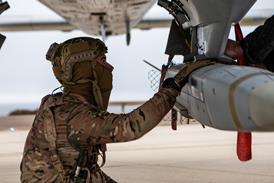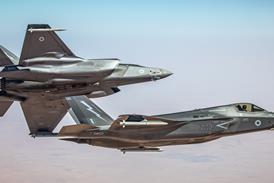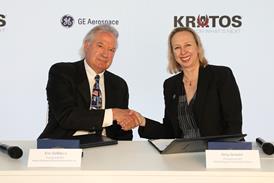On the eve of the US National Transportation Safety Board (NTSB) final public hearing on the July 1996 mid-air explosion of a Trans World Airlines Boeing 747-100 (22-23 August), both the US Federal Aviation Administration and Boeing remain mystified as to why the aircraft's centre wing tank exploded.
Boeing says simply: "An ignition of flammable vapours in the tank resulted in a loss of structural integrity of the aircraft." Thomas McSweeney, the FAA's associate administrator for regulation and certification says that, as the NTSB cannot identify the ignition source, the FAA has to try to eliminate all potential sparking sources from the vicinity of fuel tanks, and to consider ground-based and airborne nitrogen fuel tank inerting systems.
But it will be at least another year before the FAA decides whether it will require US airlines to pump inert gas into empty or part-empty fuel tanks. A week-long FAA/Boeing test programme to provide data on the effectiveness of ground-based inerting is to be carried out in Seattle in September using a Boeing 737.
Meanwhile, aviation industry trade groups say that a three-year study launched following the TWA crash has concluded that "the fuel tank systems of the world's fleet are soundly designed and do not tend to degrade as aircraft age". The Aircraft Fuel System Safety Programme (AFSSP) included the inspection of fuel tanks on nearly 1,000 airliners.
Source: Flight International























